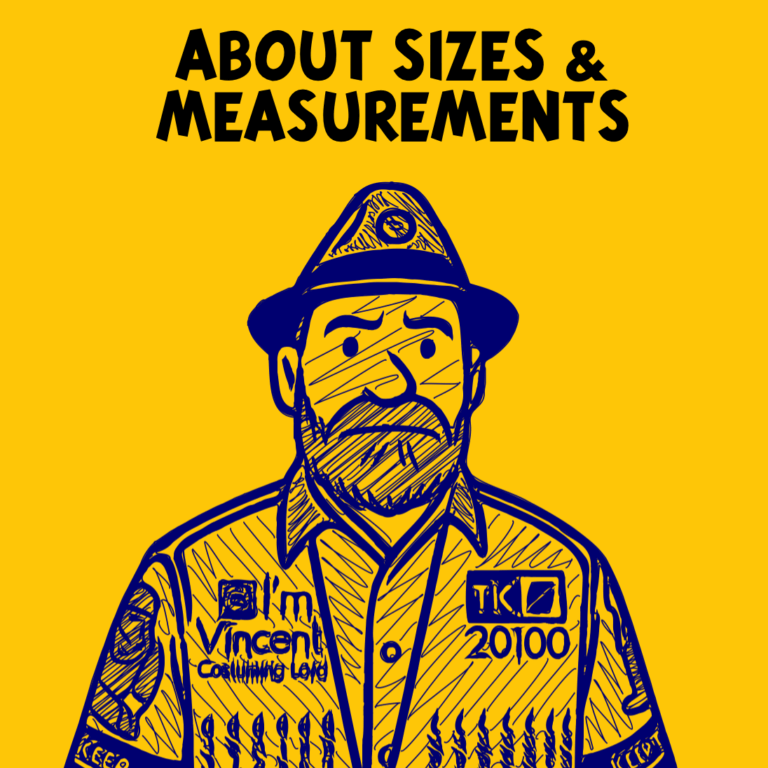The clearance process in the Legion can be quite frustrating. Having gone through it 66 times myself, I completely understand how painful, complicated, and challenging it can be. In fact, the very first costume I made took me two years to clear due to various issues I encountered while creating parts and learning the necessary skills. Many of these problems arose from using incorrect references, relying on low-quality pictures, or wearing pieces in the wrong spots, which required me to take new photos. The clearance process today can be even more complicated than it was 15 years ago, as some requirements have evolved, and the technical aspects of costume-making have become increasingly detailed. Hopefully, the following information will help you not only in achieving successful clearance but also in understanding how we can make this process easier.
First and foremost, no one— not even the garrison leaders— can guarantee that your costume will be approved as soon as you don it. I do my best to lead every trooper 90% of the way to their success, but some minor adjustments may still be necessary. Since standard sizing can vary on each individuals look, the fit of your costume may differ based on your Garrison Membership Liaison (GML) or judge’s perspective, as well as how your costume appears in photos. We strive to ensure everything is in its proper place, but we cannot guarantee a perfect fit because everyone has slightly different body shapes, which may require adjustments for the costume to look its best.
While we have Costume Reference Library (CRL) guidelines that serve as a basis for registration and clearance, it’s common for GMLs or judges to have varying degrees of scrutiny when inspecting costumes. Some may focus more on small details than others. Therefore, it’s always a good idea to identify who your GML is or who will be assessing your costume before you begin. Having a preliminary discussion can help you understand their expectations and any potential concerns, thereby avoiding uncomfortable conversations and frustrations that could arise from rejections that might have been addressed in advance.
One of the most important aspects of requesting clearance is taking pictures. Even after submitting 65 costumes, I’ve made the mistake of taking a picture without checking the position of the pouch, which led my GML to inform me that it was not correct, requiring me to retake the picture. It’s always better to have someone with you to take photos. I often work alone in the studio—putting on the costume, posing in front of the camera with a clicker, reviewing the pictures, and retaking them as necessary. Even then, I sometimes encounter issues. Having someone assist you ensures they know how to frame the picture correctly and check each item against the CRL, verifying that everything is in the correct position. Sometimes, the problems can be as simple as that. I know that some GMLs or judges will mention smaller issues and tell you to adjust them before your next trooping. However, in the case of registration, some may not allow you to clear and will ask you to retake pictures, which can be very time-consuming. Doing this properly requires enough preparation and help, which can delay the entire clearance process.
It’s important to note that the different legions and clubs do not have approved vendors for specific costumes or detachments. Such a notion may mislead troopers into believing that buying a costume from a certain vendor would automatically guarantee approval in the Legion, which is not the case. Many factors come into play, including but not the actual final costume, how it fits, the quality of paint, and photo settings.
While there are well-known vendors within the legions, such as Keep Trooping, whose gear is meticulously designed to make clearance easier, it’s still essential to verify the status of specific vendors by checking the detachment boards and legion boards. This helps to determine whether vendors have been flagged for practices such as recasting, poor customer service, slow follow-up, slow shipping, or even failing to ship altogether and reimburse customers. These are significant red flags, and as a trooper, I prefer to avoid any vendors who exhibit such practices, even if they are the only providers of a particular costume.







